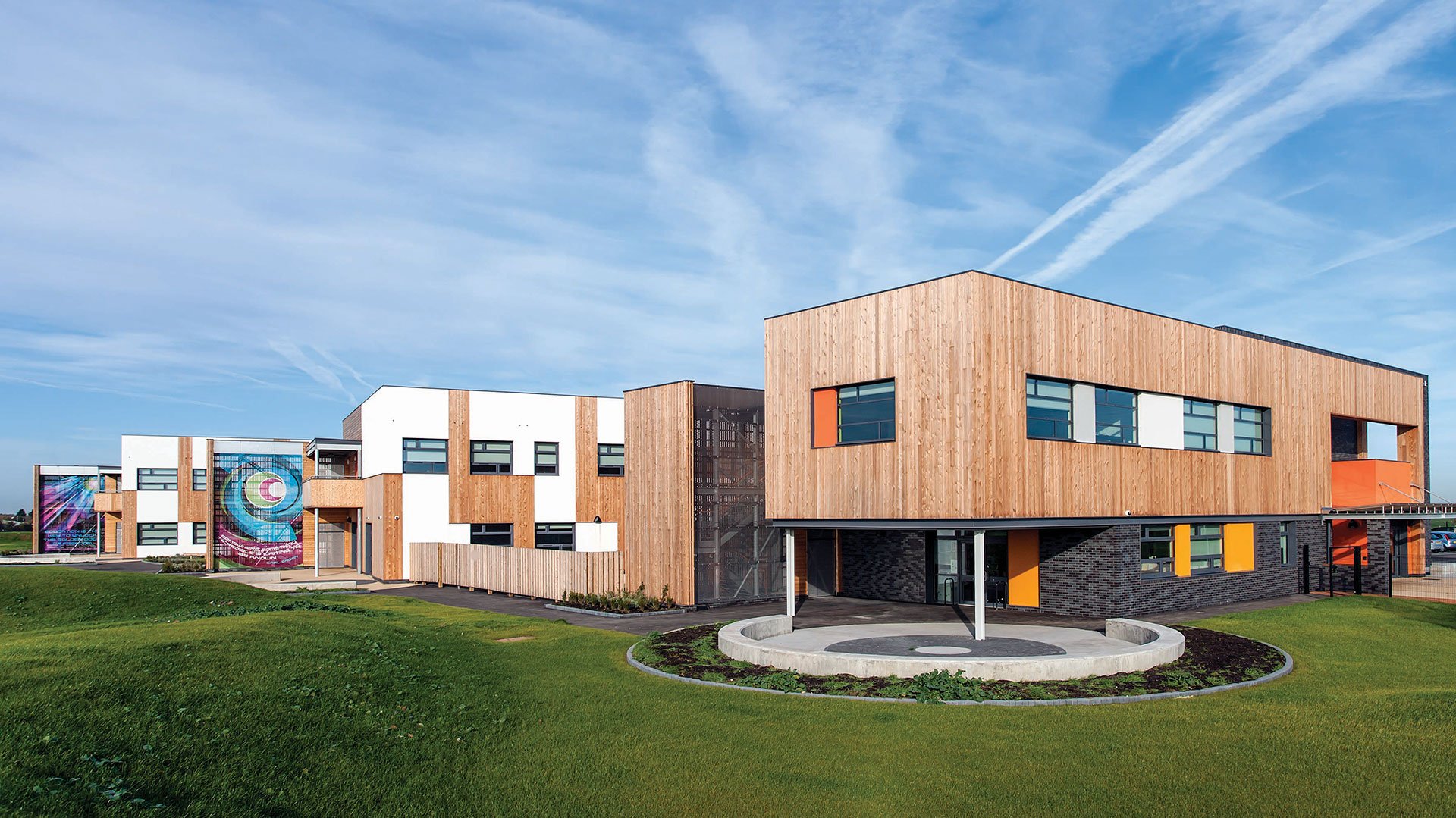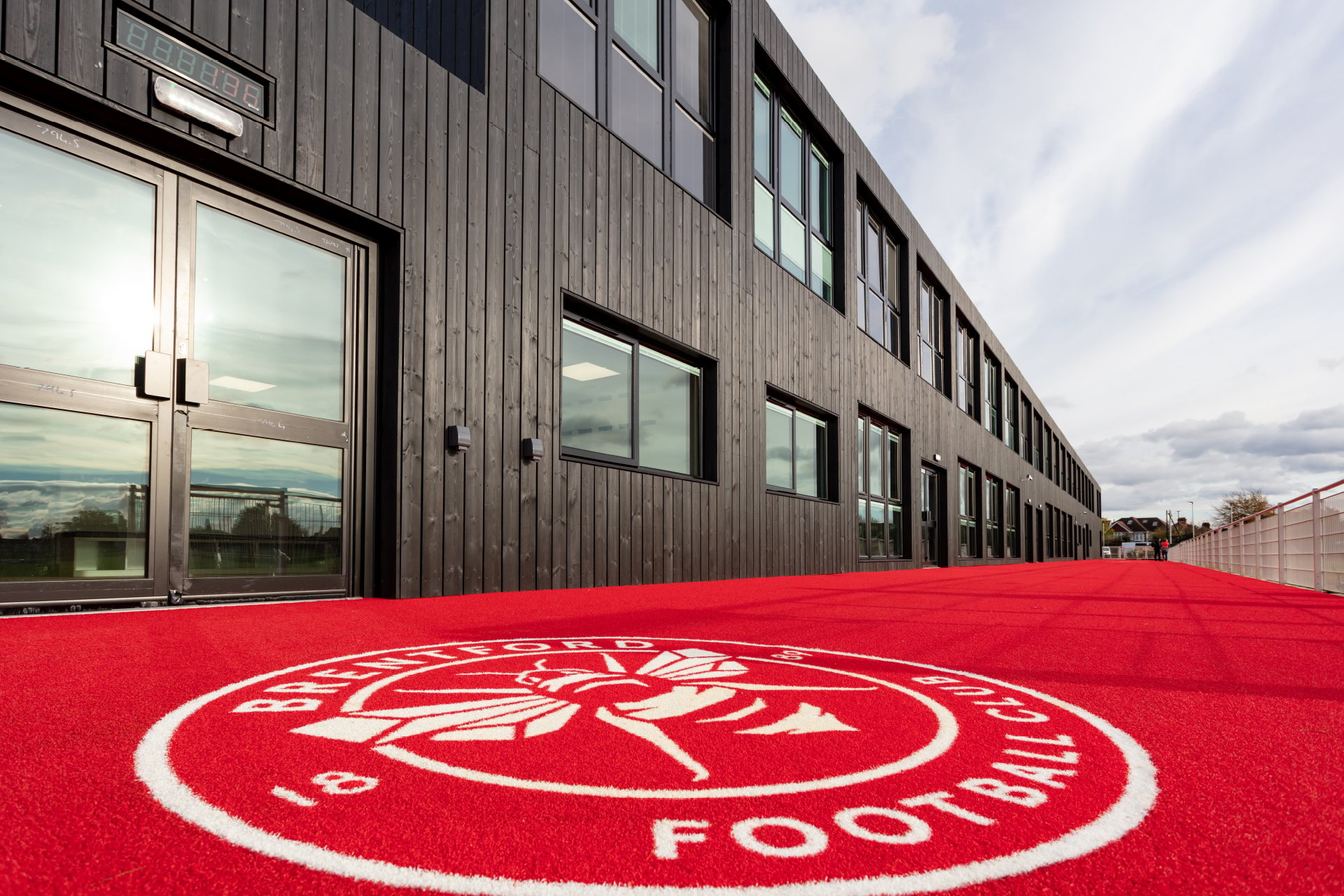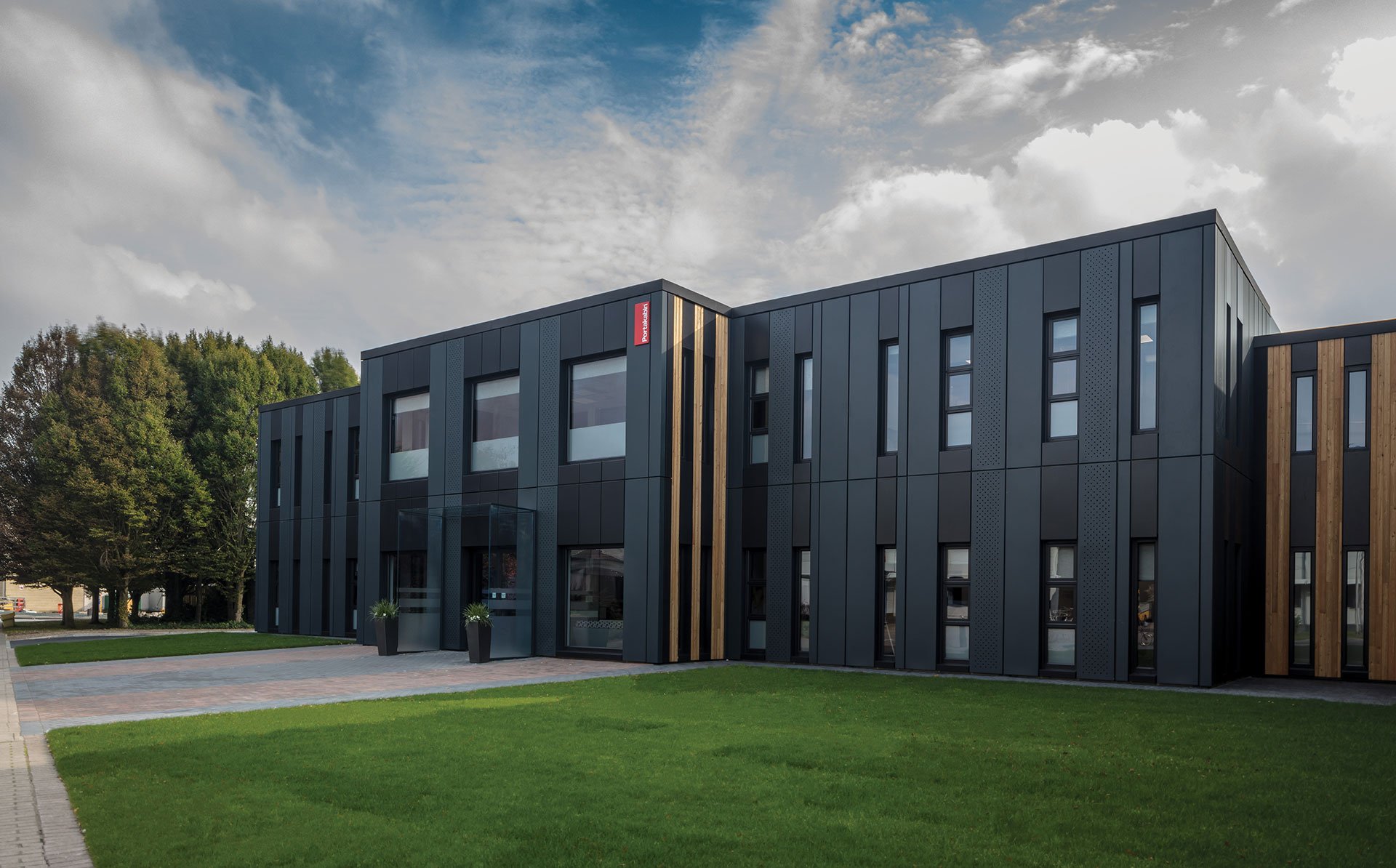How does your current space meet a variety of SEND requirements?
Both the number and proportion of pupils with SEND have been rising in recent years, with EHCP’s more than doubling since 2016. So, with over-capacity a common theme, it becomes crucial that every pupil learns in an environment that works for them. Schools are finding value in dedicated low-stimulation places, one-to-one support rooms, and flexible areas that can be adapted as needs change.
“Creating inviting, child-friendly spaces with calming colours, soft furnishings, and gentle lightening, fosters a sense of security” Sharon Gray OBE, Education Consultant commented “Thoughtful sensory considerations, such as quiet zones and comforting textures, offer children safe areas to self-regulate”.
At Co-op Academy Brierley in Leeds, Portakabin was able to create a purpose-built, all-through SEND facility, providing modern teaching spaces, sensory and therapy rooms, administrative areas, and full sports provisions for around 230 pupils.
Sarah Harridge, Headteacher at Co-op Academy Brierley commented: "This new school will give children with special needs in Leeds a state-of-the-art, custom-built provision with their needs at the heart of every decision made in the build process."
The latest whitepaper by Portakabin, examines both the systematic barriers to inclusion and the practical solutions within a school’s control, when faced with the mounting pressure to deliver effective SEND provisions in the face of teaching and learning space capacity.




